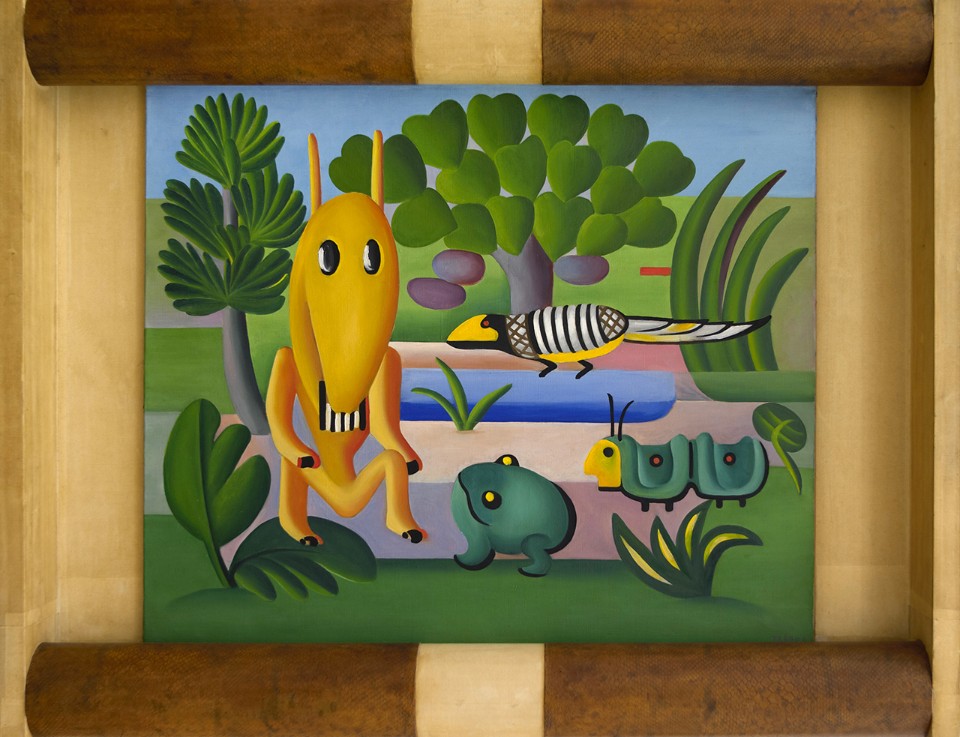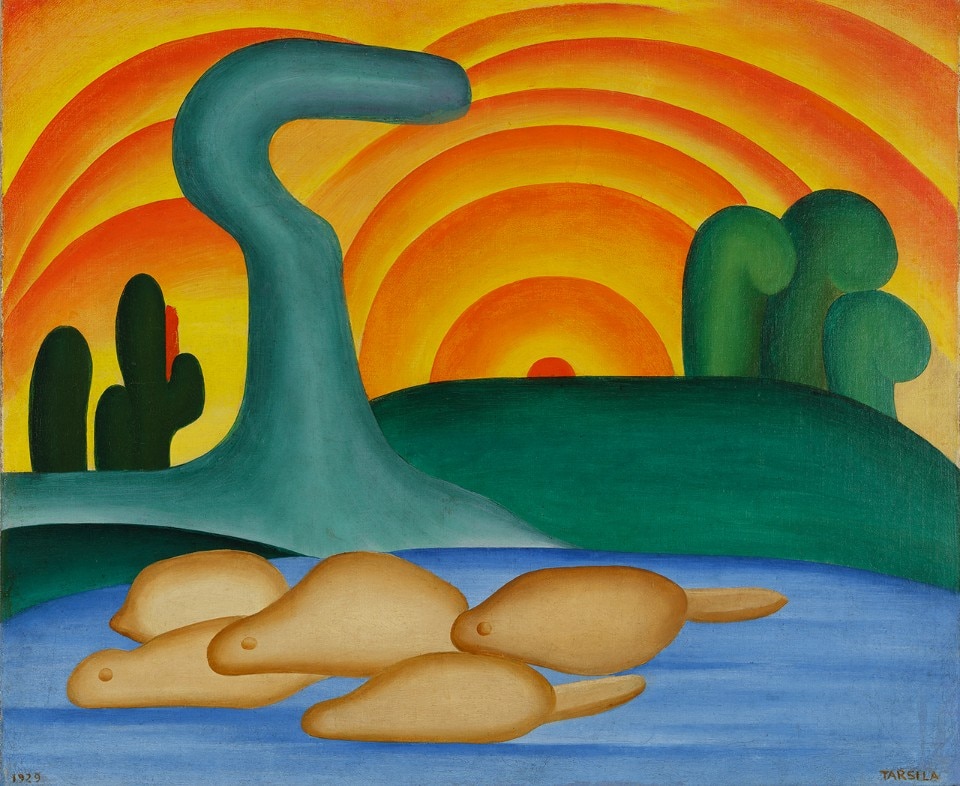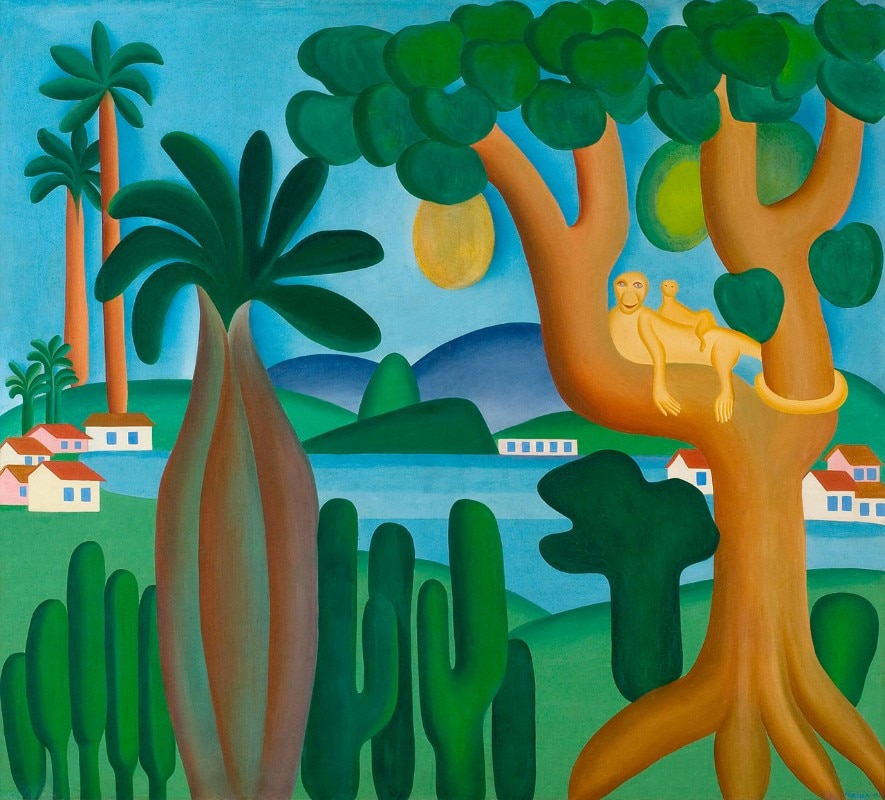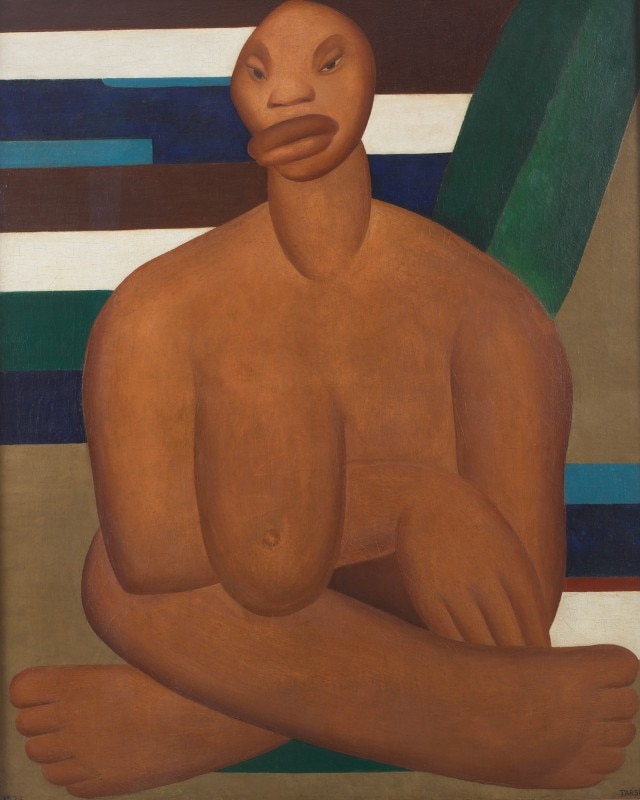She started out by copying images of saints she found in the chapels on her family’s fazendas. By the end of her life, she was the most famous modernist painter of Brazil. In January 1928, Tarsila do Amaral (1886-1973) finished Abaporu (“the man who eats human flesh” composed of two Tupi-Guaraní words), a birthday gift to her second husband, the poet Oswald de Andrade. The canvas depicts a naked figure sitting in front of a cactus with monumental feet and a tiny head. The sun looks like it is flowering from the cactus. The painting became an emblem for the Anthropophagous Movement, whose manifesto was written by her husband. The movement intended to symbolically ingest artistic influences from modern European art and traditional Brazilian culture to create a distinctly Brazilian hybrid style. The name was a reference to the belief of cannibals that they would inherit the qualities of their enemies by eating them.
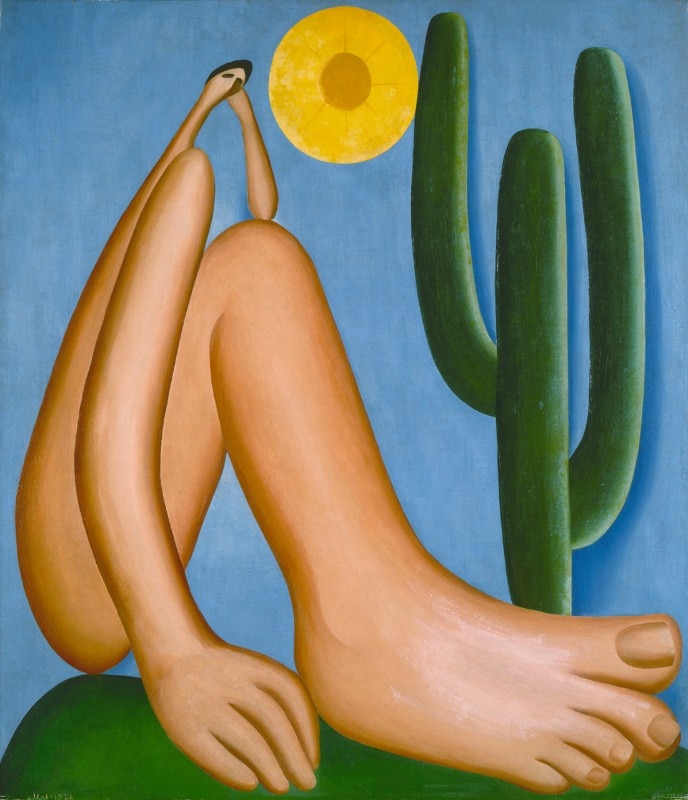
You can read the full article on the Domus Novanta Anni issue, the supplement of Domus 1024, May 2018.


